After years of being a paramedic, Joey Corley was ready for the next chapter in his life. He yearned for a leadership position; one where he could make a broader impact. This desire propelled him back to school and eventually into the field of sterile processing.
After a few years gaining experience at other facilities, he was hired as sterile processing manager at Solvita, formerly known as Community Tissue.
Inside Solvita: Transforming donor gifts into life-changing solutions
Solvita operates much like a hospital: their ORs function much like traditional hospitals but without patient interactions. All equipment and instruments must be sterilized and traceable, with the same technique and aseptic sterile consciousness that scrub techs would have in the OR dealing with patients.
What makes Solvita different are its patients. Solvita transforms donated bone, tissue, and skin from deceased donors into various grafts and products, with meticulous care and precision. These donations go to saving and changing the lives of millions of people.
You can read about the stories of both the donor’s and recipients at Solvita on their Stories of Hope page.
Operating around the clock, Solvita requires continuous sterile processing with the mindset of honoring their donors’ gifts. Despite the absence of live patients, their commitment to excellence is no different than other SPD’s: to ensure that the recipients receive their donor’s gift with the highest standards of safety and quality.
Unique instruments, unique challenges
One of the most significant hurdles Corley had when transitioning to Solvita was dealing with the specialized instrumentation required for their processes. Unlike standard hospital setups, they rely heavily on custom-made tools  designed by their engineers to meet specific tolerances for graft production.
designed by their engineers to meet specific tolerances for graft production.
While Solvita has some trays with common surgical instruments like scissors and hemostats, the bulk of Corley’s equipment is unique. Each piece, from large blocks used for bone grafts, to smaller tools, needs meticulous cleaning, sterilization, and validation. This includes creating their own IFUs to ensure everything is correctly processed, as many of these tools don’t fit typical hospital standards due to their size and weight.
This customization brings its own set of challenges. All of Solvita’s equipment, from sterilizers to sinks, are initially designed for hospital use. Under intensive use with heavy and bulky custom tools, equipment durability suffers. Unlike a hospital setting where certain tools might be used sporadically, Solvita’s instruments are in constant rotation, leading to frequent decontamination sink breakdowns.
When Corley first arrived, the decontamination area was fundamentally problematic, with inadequate sinks that couldn’t soak instruments properly and had frequent plumbing issues. Addressing these problems required not only implementing immediate fixes, like custom sink basins built by Solvita’s engineers, but also long-term solutions, such as transitioning to more robust equipment tailored to meet their unique needs. This ongoing adaptation is crucial to maintaining the high standards required for tissue processing.
Consultation process with Pure Processing
One of Corley’s objectives when joining Solvita was addressing fundamental equipment upgrades. When asked about his consultative experience with Pure Processing, Corley commented:
“It was fantastic! They were phenomenal at listening. I should say most places, whenever we bring them in here to help us, they come at us from the idea of we’re ‘healthcare’, so they treat me like they would a hospital. They give me recommendations and pitch me things like they would a hospital, but nine times out of ten, it’s not going to work for me. Because Solvita is not one.”
Corley continued:
“[Pure Processing] didn’t do that. [They] asked, ‘what do you need and let me see your processes.’ It was based off whatever I said, I wanted, or whatever I needed, and Pure Processing would make it happen. And I never even got the answers of, I’m not sure that we’re going to be able to do that or it would be too difficult… It was just, ‘we can make that happen. We can do it here.’”

One of the standout aspects of the partnership between Solvita and Pure Processing was the ease of customization. Rather than encountering pushback or limitations, Pure Processing embraced Solvita’s need for bespoke solutions. When it came to selecting the material for Solvita’s PureSteel™ Healthcare Reprocessing Sinks, Corley insisted on 11-gauge stainless steel for its durability, despite higher costs associated with the material. Understanding the basis of the need for the thicker material and unique specifications, Pure Processing worked with Corley’s team to ensure needs were met without compromise.
Budget & deadline constraints
Securing approval for the project posed its own set of challenges, primarily centered around budget constraints. Despite initial concerns from senior leadership regarding the increased cost, Corley was able to justify the investment by highlighting the long-term benefits of durable, high-quality equipment designed specifically for Solvita’s use case.
This was made easier by the tangible evidence of their previous struggles with less durable sinks, which underscored the urgency of upgrading to a more robust solution.
Moreover, Solvita faced the added pressure of a tight deadline. With the sink being ordered in October, Solvita had a mandate to have their new decontamination sinks installed and functioning before December 31st; the project timeline was non-negotiable. Despite this, the Pure Processing team made it happen, navigating the time crunch with efficiency.
Even amidst competing priorities, including a capital equipment purchase that initially delayed the sink installation, Pure Processing remained committed to delivering on schedule.
Corley comments: “[They were] very attentive to that and he kept me updated. And you know, I knew exactly when they were hitting, when they were shipping…. when I should expect them. It was really great.”
Sinks that pass the “shake test”
Upon arrival of the custom 11-gauge stainless sinks, Corley stated:
“You know, my first thought was, dear God, these are shiny. Truthfully, as the sinks were sitting on the dock, and we were doing our own unboxing ceremony. That was my very first thought.”
This stark contrast to Solvita’s previous, more dated sinks—with their standard cabinet bases and worn aesthetic—was immediately striking. Even though they had seen similar models in the Pure Processing showroom, witnessing them in their facility brought a new level of excitement.
Solvita’s engineer, notorious for testing the limits of new equipment, immediately went to work evaluating their sturdiness. He was impressed by the solidity of the lift columns and the overall construction, which passed his rigorous “shake test” with flying colors.
The installation of these new sinks had a significant impact on staff morale and workflow efficiency. Corley stated:
“Just seeing it, I mean, it was an immediate staff morale booster. Going from a sink that makes you feel like you’re on a mission trip to now full-fledged CS sink. They were very happy.”
The ability to move and clean under the sinks was a feature that Corley’s team appreciated. In terms of practical benefits, the new sinks improved compliance and workflow. Staff members found far fewer reasons to dread working in decontamination because of the ergonomic and functional improvements. The height-adjustability was particularly impactful, resulting in reduced strain with sinks being adjusted to the optimal working height.
The new sink designs streamlined workflows, moving efficiently from basin to basin without unnecessary steps, became a game-changer for Corley’s team. The sinks had not only improved efficiency but also reduced the physical toll on his team. The fundamental improvements to an otherwise very straightforward design made a significant difference. The sinks’ solid build, with 11-gauge steel and practical features, transformed Corley’s team’s workspace, making daily operations more efficient and enjoyable for the team.
Although Corley’s department faces unique challenges, every department encounters its own set of distinct obstacles. Regardless of the issues, it’s crucial to find the right vendor to partner with who can not only address these challenges but also go above and beyond to meet your needs from the initial contact through to project completion and beyond.
If you would like to learn more about Solvita’s tissue donation services or view their “Stories of Hope”, click here.
Looking to solve some unique problems in your department? We’d love to help!


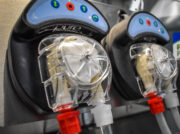
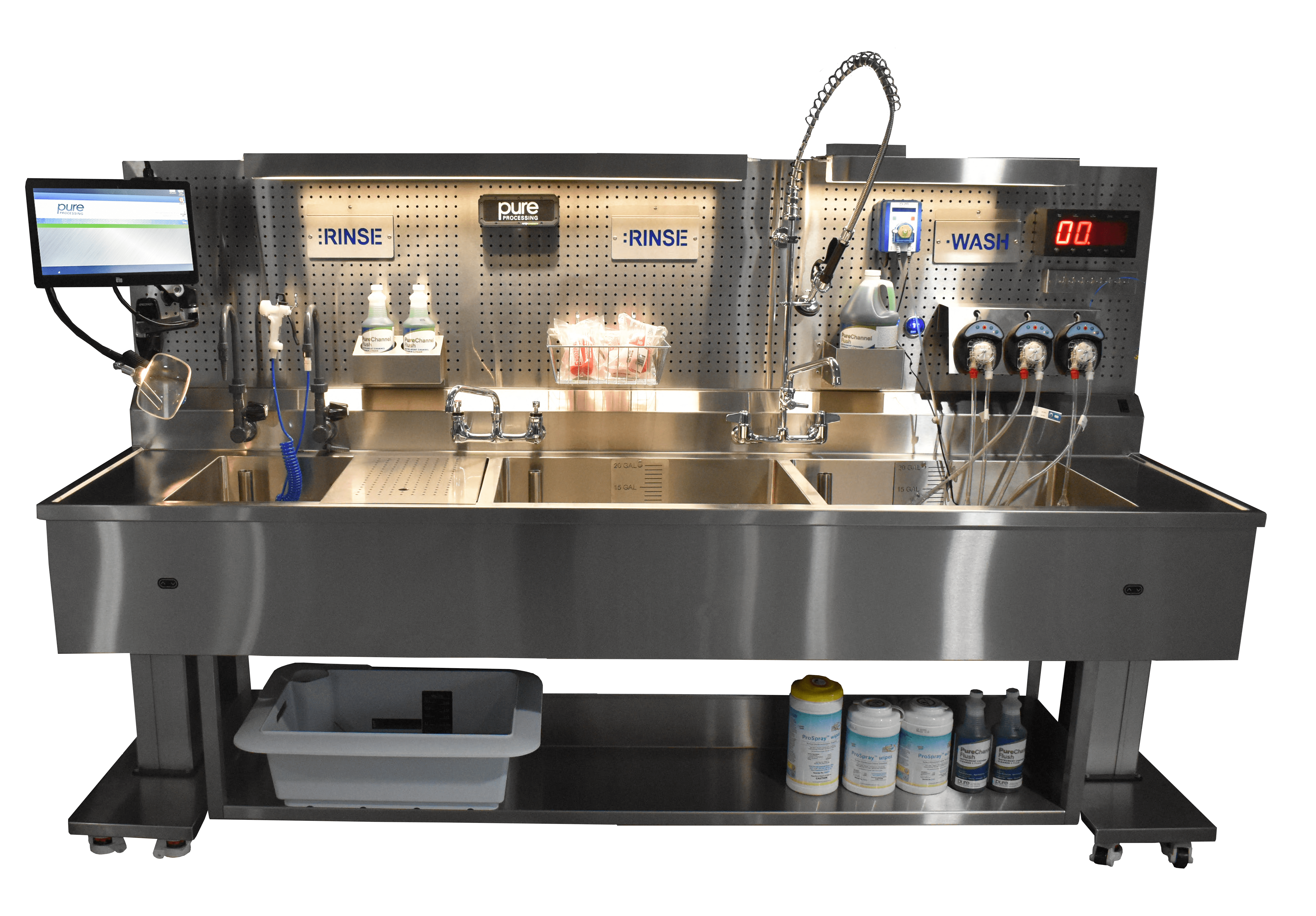
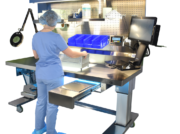
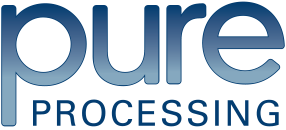
 understanding of how vital and instrumental this department is to their hospital. The sterile processing department is the number one resource center for patient safety and infection control. Sterile processing is usually a 24-hour, 7-day a week department that enables all the other ancillary departments of the hospital to continuously run safely and efficiently. Sterile processing supplies instrumentation to ancillary units, including all scheduled and emergent surgical cases. SPD is solely responsible for meticulously following all processes and procedures outlined in every instrument manufacturer IFU’s (instructions for use). Doing this ensures proper high-level disinfection, decontamination, sorting, counting, inspection, and sterilization of every individual surgical instrument used in the operating room.
understanding of how vital and instrumental this department is to their hospital. The sterile processing department is the number one resource center for patient safety and infection control. Sterile processing is usually a 24-hour, 7-day a week department that enables all the other ancillary departments of the hospital to continuously run safely and efficiently. Sterile processing supplies instrumentation to ancillary units, including all scheduled and emergent surgical cases. SPD is solely responsible for meticulously following all processes and procedures outlined in every instrument manufacturer IFU’s (instructions for use). Doing this ensures proper high-level disinfection, decontamination, sorting, counting, inspection, and sterilization of every individual surgical instrument used in the operating room.
 designed by their engineers to meet specific tolerances for graft production.
designed by their engineers to meet specific tolerances for graft production.







 department to work in. This includes the people they work with, a shared sense of pride and purpose in their work, being patient-focused, and generally fostering a great culture. A few ways to reinforce or develop these characteristics in your department could include:
department to work in. This includes the people they work with, a shared sense of pride and purpose in their work, being patient-focused, and generally fostering a great culture. A few ways to reinforce or develop these characteristics in your department could include: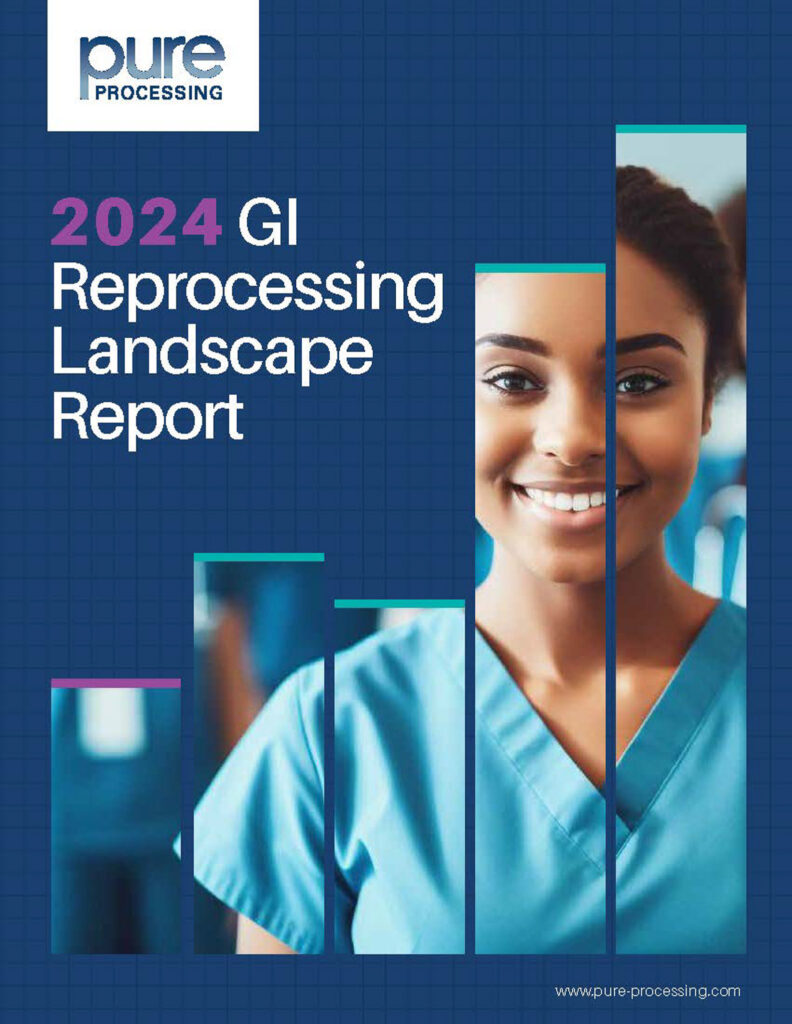 eyes of nurses and technicians working in departments daily. Through their responses and insights, managers and leadership can open a window into what reprocessing professionals are seeing and thinking in new ways, and across the country. This year’s GI Nurse & Technician Survey (results used to create the 2024 GI Reprocessing Landscape Report) incorporates the responses from 276 GI or GI-related individuals from across the United States, as well as a handful of international participants. This executive summary highlights some of the major themes and challenges identified within the 2024 GI Reprocessing Landscape Report.
eyes of nurses and technicians working in departments daily. Through their responses and insights, managers and leadership can open a window into what reprocessing professionals are seeing and thinking in new ways, and across the country. This year’s GI Nurse & Technician Survey (results used to create the 2024 GI Reprocessing Landscape Report) incorporates the responses from 276 GI or GI-related individuals from across the United States, as well as a handful of international participants. This executive summary highlights some of the major themes and challenges identified within the 2024 GI Reprocessing Landscape Report.